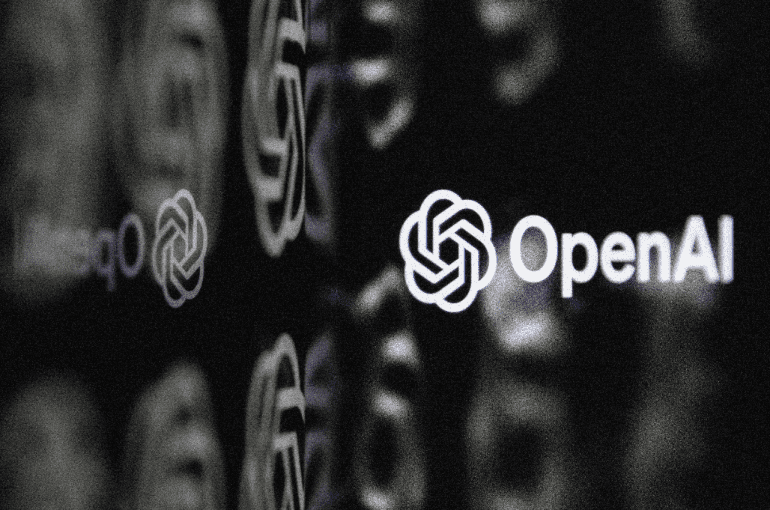- OpenAI shares insights into their robust security architecture for research supercomputers.
- Key focus on protecting sensitive assets like unreleased model weights.
- Architecture built on Azure and Kubernetes, leveraging identity management and access control.
- Measures include secure networking, container isolation, and role-based access control.
- Emphasis on safeguarding sensitive data through key management and access restrictions.
- Access management facilitated by AccessManager, employing multi-party approval and time-bound access.
- CI/CD pipelines secured with multi-party approval and infrastructure as code paradigms.
- Flexibility balanced with rigorous controls to accommodate evolving requirements.
- Defense-in-depth strategy to protect model weights, including authorization, access controls, and detection mechanisms.
- Rigorous auditing and testing by internal and external red teams ensure resilience.
- Commitment to continuous innovation in security controls to address evolving AI threats.
Main AI News:
In a recent press release, OpenAI unveiled insights into their robust security architecture designed to fortify their research supercomputers. These systems, pivotal in shaping cutting-edge AI models, are pivotal in ensuring both industry-leading capabilities and safety in AI advancements. Understanding the criticality of secure infrastructure in fostering innovation while safeguarding sensitive assets, OpenAI sheds light on the intricate security measures embedded within their operations.
Understanding the Threat Model
The dynamic landscape of research infrastructure poses a unique security challenge. OpenAI recognizes the imperative to shield crucial assets, particularly unreleased model weights, which serve as the cornerstone of intellectual property. In response, OpenAI has meticulously crafted dedicated research environments, fostering an ecosystem that champions both innovation and security.
Architectural Integrity
OpenAI’s technical architecture, anchored on Azure and Kubernetes, stands as a testament to their commitment to fortify their research endeavors. Leveraging Azure Entra ID for identity management, they implement risk-based verification and anomaly detection, bolstering their defense against potential threats.
Their utilization of Kubernetes extends further, employing role-based access control (RBAC) policies and Admission Controller policies to uphold the principle of least privilege. Modern VPN technology and network policies ensure secure networking, coupled with the deployment of gVisor for additional isolation, exemplifying a defense-in-depth approach.
Safeguarding Sensitive Data
Sensitive data, including credentials and service accounts, demand extra layers of protection. OpenAI employs key management services and role-based access control to restrict access, ensuring only authorized entities can access or modify sensitive information.
Identity and Access Management (IAM)
Access management forms the bedrock of administering researcher and developer access. OpenAI’s AccessManager facilitates efficient authorization, employing multi-party approval mechanisms and time-bound access strategies to mitigate unauthorized internal access.
CI/CD Security
Continuous Integration and Continuous Delivery pipelines are fortified to withstand potential threats without compromising development velocity. Multi-party approval for code merges and the enforcement of expected configurations through infrastructure as code paradigms exemplify OpenAI’s commitment to secure development practices.
Flexibility and Innovation
While stringent security measures are paramount, OpenAI acknowledges the necessity for flexibility to accommodate evolving functional requirements. This flexibility, coupled with rigorous controls, ensures the alignment of security objectives with research imperatives.
Protecting Model Weights
A defense-in-depth strategy is employed to safeguard model weights against exfiltration, encompassing authorization protocols, access controls, egress restrictions, and comprehensive detection mechanisms.
Auditing and Testing
Internal and external red teams rigorously assess the efficacy of security controls, ensuring resilience against potential threats. OpenAI’s proactive approach to auditing and testing underscores their commitment to fortifying their research infrastructure.
Future Endeavors
OpenAI remains committed to continuous innovation in security controls, acknowledging the evolving landscape of AI threats. As they embark on exploring compliance regimes tailored to AI-specific challenges, OpenAI’s dedication to pioneering secure infrastructure for advanced AI systems remains unwavering.
Conclusion:
OpenAI’s transparent disclosure of their secure research infrastructure underscores their dedication to fostering innovation in the AI landscape. By prioritizing the protection of sensitive assets and implementing robust security measures, OpenAI sets a high standard for the industry. This commitment not only enhances their own research capabilities but also sets a precedent for the broader market, emphasizing the importance of security in advancing AI technologies. As the AI market continues to evolve, organizations must emulate OpenAI’s proactive approach to security to safeguard valuable assets and drive innovation forward.

